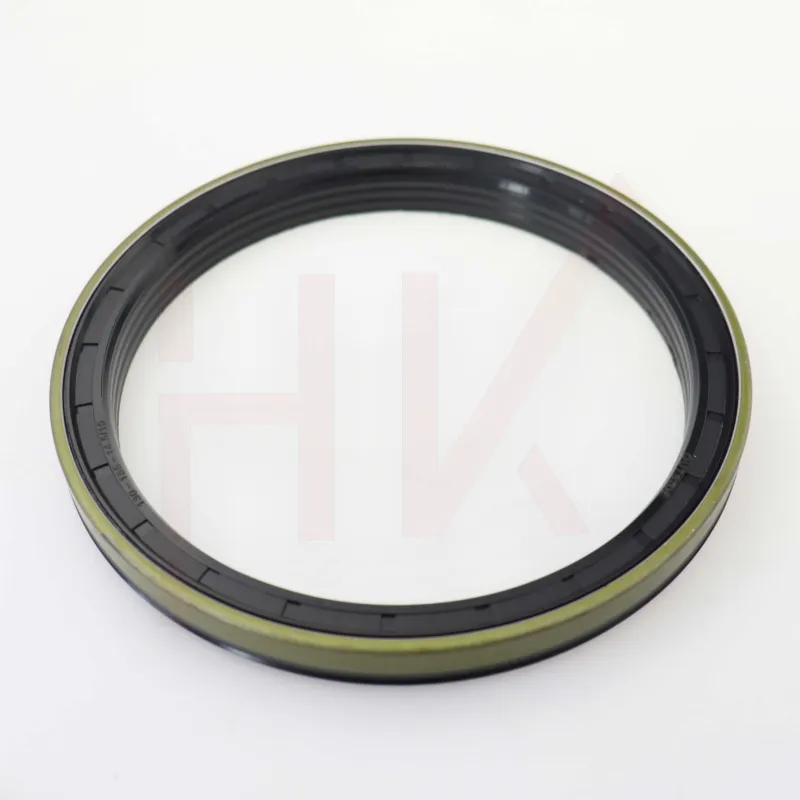Sep . 04, 2024 16:10 Back to list
High-Quality Hydraulic Cylinder Seal Kits - Durable and Reliable Solutions
The Importance of Hydraulic Cylinder Seal Kits
Hydraulic systems are integral to many industrial applications, providing the necessary force and movement in machines and equipment. One critical component of these systems is the hydraulic cylinder, which converts hydraulic energy into mechanical work. To ensure the reliable operation of hydraulic cylinders, seal kits play a crucial role. In this article, we will explore the importance of hydraulic cylinder seal kits, their components, and some best practices for maintenance.
Understanding Hydraulic Cylinder Seal Kits
A hydraulic cylinder seal kit is designed to prevent leaks of hydraulic fluid and maintain the pressure that is essential for the proper functioning of hydraulic systems. The kit typically contains various seals, O-rings, wipers, and backup rings, all of which work together to create a tight seal between the cylinder rod and the cylinder body.
Seals are placed at strategic points within the hydraulic cylinder to prevent fluid from escaping and contaminants from entering. The integrity of these seals is paramount; any degradation can lead to hydraulic fluid leaks, which not only reduce the efficiency of the system but can also cause environmental harm and safety hazards.
Types of Seals in Hydraulic Cylinder Seal Kits
There are several types of seals found in hydraulic cylinder seal kits
1. Rod Seals These are designed to seal the space between the cylinder rod and the cylinder body. They prevent hydraulic fluid from leaking out of the cylinder during operation. 2. Piston Seals Located within the cylinder, these seals allow the hydraulic fluid to exert pressure on the piston, facilitating movement.
3. Wiper Seals These seals are essential for keeping dirt and debris from entering the hydraulic cylinder and damaging internal components.
hyd cylinder seal kit

Choosing the Right Seal Kit
Selecting the appropriate hydraulic cylinder seal kit is fundamental to the system's performance. It is essential to consider factors such as the working pressure, temperature range, and the type of hydraulic fluid used. Using the correct material for seals, such as polyurethane or Viton, can significantly enhance durability and resistance to wear.
Maintenance Best Practices
Regular maintenance of hydraulic cylinders and their seal kits can extend their lifespan and ensure optimal performance. Some best practices include
- Routine Inspections Regularly check for signs of wear, such as cracks or fluid leaks in seals. - Cleanliness Maintain a clean environment around hydraulic components to minimize contamination risks.
- Fluid Quality Ensure that the hydraulic fluid is clean and at the correct level, as contaminated or inadequate fluid can damage seals.
- Prompt Replacement Replace seals at the first sign of wear or damage to prevent further issues.
In conclusion, hydraulic cylinder seal kits are vital components in maintaining the efficiency and reliability of hydraulic systems. By understanding their importance, types, and maintenance practices, operators can ensure their hydraulic cylinders perform optimally, thus maximizing productivity and reducing costs associated with repairs and downtime.
-
TCN Oil Seal Metal Ring Reinforcement for Heavy Machinery
NewsJul.25,2025
-
Rotary Lip Seal Spring-Loaded Design for High-Speed Applications
NewsJul.25,2025
-
Hydraulic Cylinder Seals Polyurethane Material for High-Impact Jobs
NewsJul.25,2025
-
High Pressure Oil Seal Polyurethane Coating Wear Resistance
NewsJul.25,2025
-
Dust Proof Seal Double Lip Design for Construction Equipment
NewsJul.25,2025
-
Hub Seal Polyurethane Wear Resistance in Agricultural Vehicles
NewsJul.25,2025
-
The Trans-formative Journey of Wheel Hub Oil Seals
NewsJun.06,2025
Products categories
















